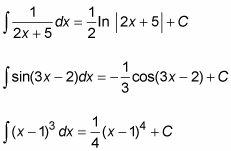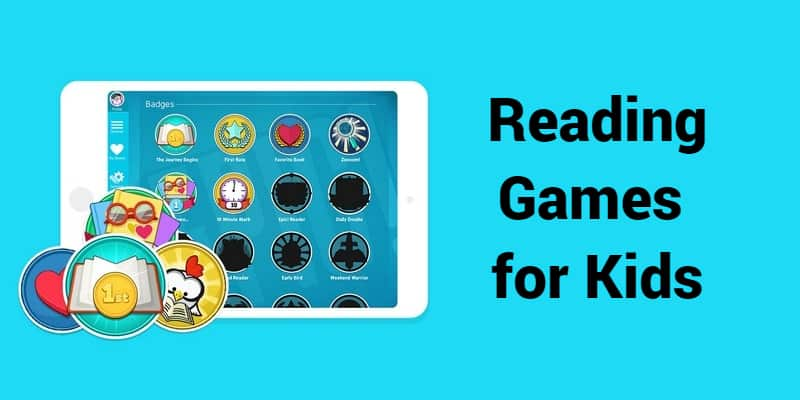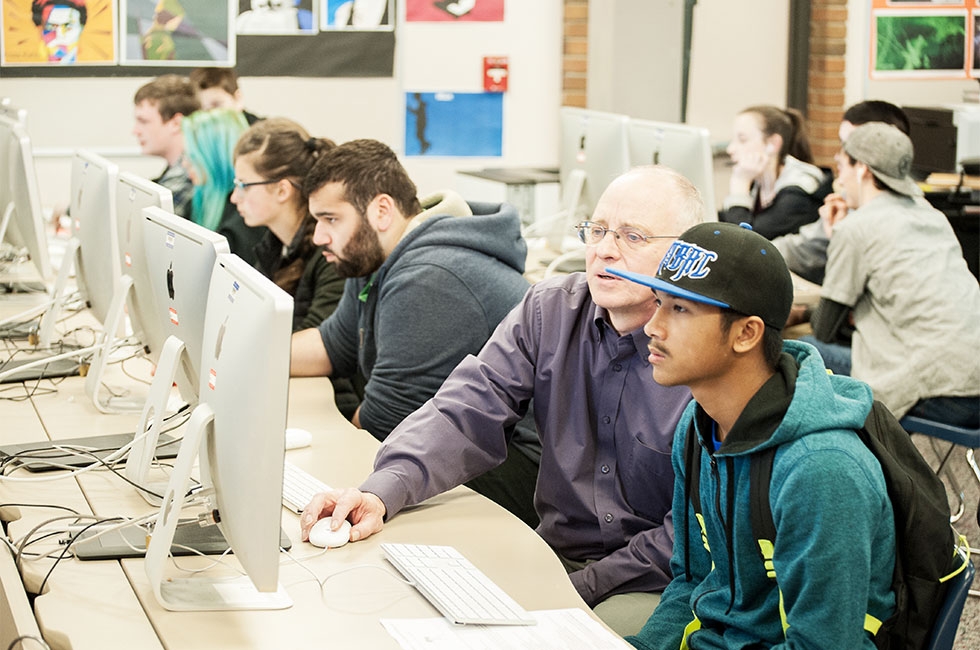
Windows photo viewer may not allow you to open some image files. To make sure that certain programs can open them, you can edit the file association. You can also click on an image to open in a new windows or drag it into the browser. It is possible that images posted on the Internet may be copyrighted. Before using them, you will need permission from their owner.
Fixing issues with windows photo viewer
If you are having trouble opening your pictures in Windows Photo Viewer, you may have a corrupted picture or an image that is unsupported by the program. There are simple solutions for this problem. First, make certain that your photo viewer version is current. If the viewer is not up-to-date, you might need to download another photo viewer.
If the issue persists, you can try the following methods.

You can open pictures from the web
There are many factors that can lead to problems when viewing images on the internet. These problems can appear in many ways. They could be images that are not visible at all or links that are broken. You can follow these steps to diagnose the problem and then fix it.
InPixio lets you open images on the internet
InPixio can open and edit photos. Its user-friendly interface makes it simple to open and modify pictures quickly and efficiently. It has multiple ways to open pictures and browse folders, including sample images for editing practice. You can also backup the whole device or selected files.
The right-hand side window allows you to customize the program. You can crop images to any size you like, or change the brightness. InPixio allows you to create photo collages.
Flickr makes it easy to upload photos to the web.
Flickr is a great tool for sharing photos and videos online with friends. You can bookmark your images, add keyword tags, join groups, and embed them on other sites. Flickr's community focuses on photographers and artists, which is something that isn't possible with other image hosting sites.

Register for an account to get started. After signing up, you'll receive a personalized dashboard and profile page. Here you can view and manage your media files. View a list with your most loved photos and get testimonials from other fans.
FAQ
Is it necessary to attend college in order to be an early childhood educator
However, you may want to think about going to college in order to be prepared for a career in the field.
It is essential to understand that becoming a teacher takes hard work. There are lots of applicants who aren't accepted into programs each year. A lot of people leave college after just one semester.
On top of all this, you still have to meet strict qualifications to become a teacher.
How do I apply for college?
There are many different ways to apply to college. Start by speaking with your high school admissions counselor. Many high schools use online applications. You can also reach out to local colleges directly. Many colleges will accept applications through the Internet via their website.
If you choose to apply via mail, fill out the application. You will also need to write a personal story and attach copies of all documents. The personal statement gives you an opportunity to share why you want to attend this particular institution and how it would benefit you. It is also helpful for admissions committee members to understand your goals, motivations, and values.
You can download sample essays from this website.
What salary does an early childhood teacher earn? (earning potential)
The average salary for a teacher in early childhood is $45,000 per year.
There are however areas where salaries are higher than the average. Teachers in large urban school districts are often paid more than teachers in rural schools.
Salaries are also affected by factors like the size of the district and whether or not a teacher holds a master's degree or doctorate.
Teachers make less at first because they aren't as experienced as other college graduates. However, their salaries can rise dramatically over time.
Statistics
- These institutions can vary according to different contexts.[83] (en.wikipedia.org)
- Data from the Department of Education reveal that, among 2008 college graduates, 92.8 percent of humanities majors have voted at least once since finishing school. (bostonreview.net)
- Among STEM majors, that number is 83.5 percent. (bostonreview.net)
- They are more likely to graduate high school (25%) and finish college (116%). (habitatbroward.org)
- They are also 25% more likely to graduate from high school and have higher math and reading scores, with fewer behavioral problems,” according to research at the University of Tennessee. (habitatbroward.org)
External Links
How To
What is vocational education?
Vocational Education prepares students for work by giving them skills that are required for a specific job, such as welding. You can also get on-the job training through apprenticeship programs. Vocational Education is different than general education. It focuses on specific careers and not learning broad knowledge for the future. Vocational education's goal is to help students find employment after they graduate.
Vocational education can take place at all levels of schooling. This includes primary schools, secondary schools and colleges, universities as well as colleges, technical institutes, technical colleges, trade schools, community college, junior colleges, four-year colleges, and colleges. Many specialized schools are available, including nursing and culinary schools, law schools medical and dental schools, veterinary medicine school, veterinary medicine schools, firefighting training schools, police academies, military academy, and other military schools. Many of these schools provide both academic instruction as well as practical experience.
Over the last decade, several countries have made significant investment in vocational education. The effectiveness of vocational education is still controversial. Some critics say it does not improve students' employability. Other argue that it prepares them well for life beyond school.
The U.S. Bureau of Labor Statistics estimates that 47% of American adults possess a postsecondary certificate, or degree related to current occupation. This is a higher percentage among those who have more education. 71% are currently employed in fields that require postsecondary qualifications.
The BLS reported in 2012 that almost half of all adults had some type of postsecondary credential. About a third of Americans were able to obtain a twoyear associate degree. Another 10% had a fouryear bachelor's. One out of five Americans held a master's degree or doctorate.
The median annual wage of a bachelor's degree holder was $50,900 in 2013, compared with $23,800 for someone without one. For those with advanced degrees, the median wage was $81,300.
For those who did no high school, the median salary was only $15,000. A person with a lower high school diploma earned $13,000 annually.